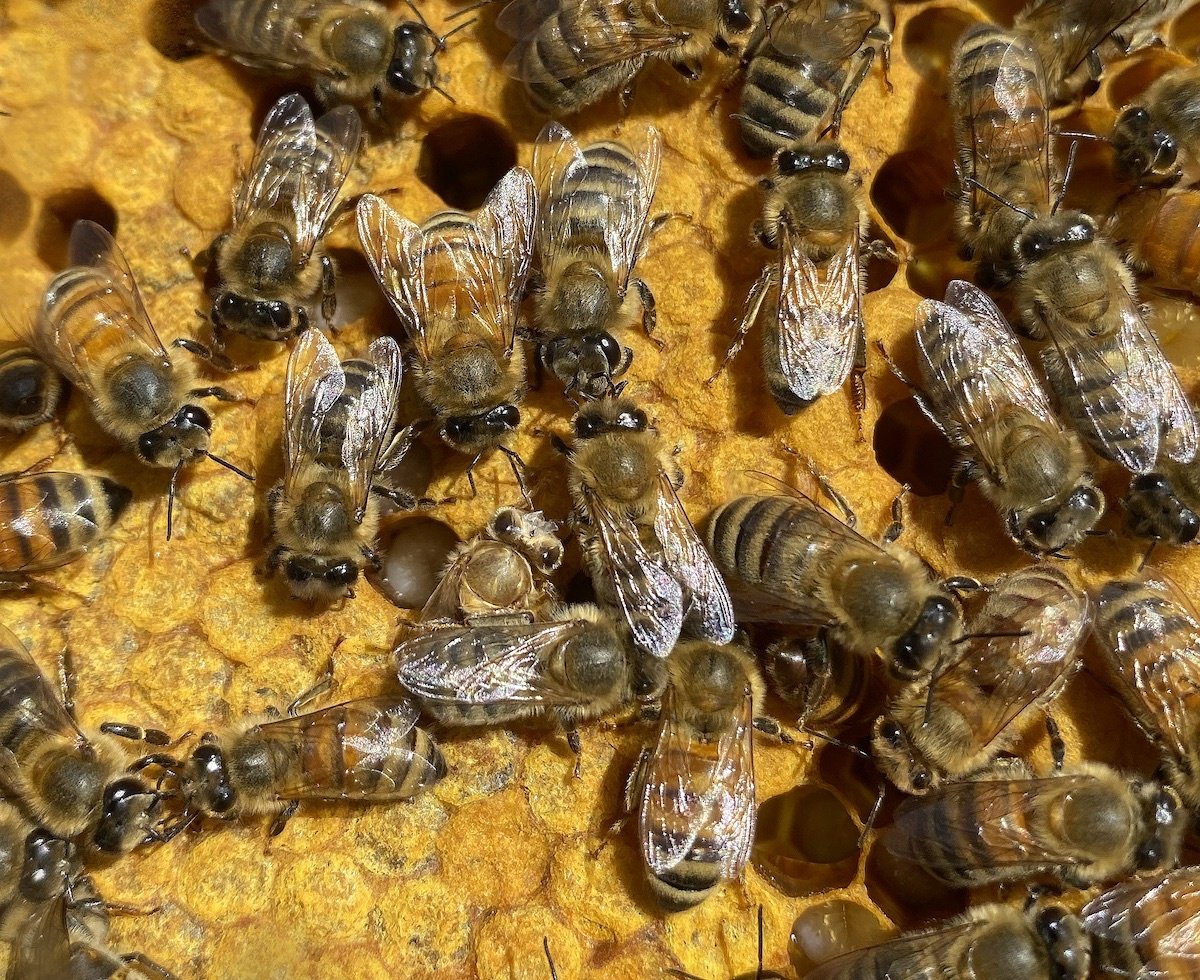A Beekeeper's Year in WNC - Early Spring
- Posted on
- By Amber
- Posted in april, bee, beekeeper's year, beekeeping, march, spring, swarm
- 0

Once the weather settles into more warm days than not, the busy bee season springs into action! Make sure you’re ready for honey storage, swarm catching, and other early spring beekeeping tasks.
Does anyone else feel exhausted by the frequently changing weather patterns of early spring in our beautiful mountain home? One week finds us in shorts and sandals, messing about in the garden, and the next week we are knee-deep in icy mud as we cover the seedlings we so optimistically planted.
Once the weather settles into more warm days than not, the busy bee season springs into action! Make sure you’re ready for honey storage, swarm catching, and other early spring beekeeping tasks.
Early March
In like a lion and out like a lamb! March is a turbulent month with dramatic temperature variants.
When it is warm enough, the bees will start collecting pollen and nectar from early blooming trees and flowers, like willow, maples, dandelion, and purple dead nettle. On those warm days over 50 degrees, you can open up your hives to do an inspection.
*Evaluate food stores
*Check for brood and eggs. If you see them, the queen is probably alive and doing her job properly.
*Remove dead hives, and combine the weak or queenless colonies with strong ones.
*If there are less than 15 lbs. of honey in the super, feed the hive, but be careful not to overfeed and cause an early swarm!
*Check for Varroa mites by doing a sugar shake or alcohol wash. If you need to treat, do so ASAP. You can call us to see what treatments we recommend for your area.
*Pollen patty feeding only if you are in a dearth area for pollen. Red Maple, Willow, and Dandelion have plenty here in the mountains however, some late frosts can deplete pollen sources so have pollen sub on hand just in case.
End of March - Early April
*Swarming season approaches! Prepare your bait hives and update your swarm-catching plans.
*Consider making splits or nucs from strong colonies with queen cells.
*Prepare bait hive for swarm capture and have extra equipment on hand.
April
By April, the bees should be able to sustain themselves on dandelions, berry blossoms, wild cherry, and everything else starting to pop out as the days warm. Nucs, packages, and swarms or other small colonies of bees will need to be fed continuously until they stop taking the sugar syrup. In the event of super cold weather or late freezes, please be prepared to feed ALL of your colonies.
*Get your supers ready by mid-April. The big May honey flow is coming, and you want to ensure that the bees have plenty of storage.
*If you see swarm cells along the bottom bars of the frame, it is probably too late to prevent a swarm, but you can use the opportunity to make splits.
*Check brood, queen, and pollen stores.
*Clean the bottom screen.
*Set out your bait hives to capture swarms and check them often!
*Consider adding a queen excluder between the brood chambers and the super once the bees have started storing honey in the super.
Bee season is upon us! We’re excited to see what these warm months have in store. For those of you who are newbie beekeepers, you aren’t too late to reserve your Nucs or Packages, which will be ready for pickup in mid-April.

Comments
Be the first to comment...